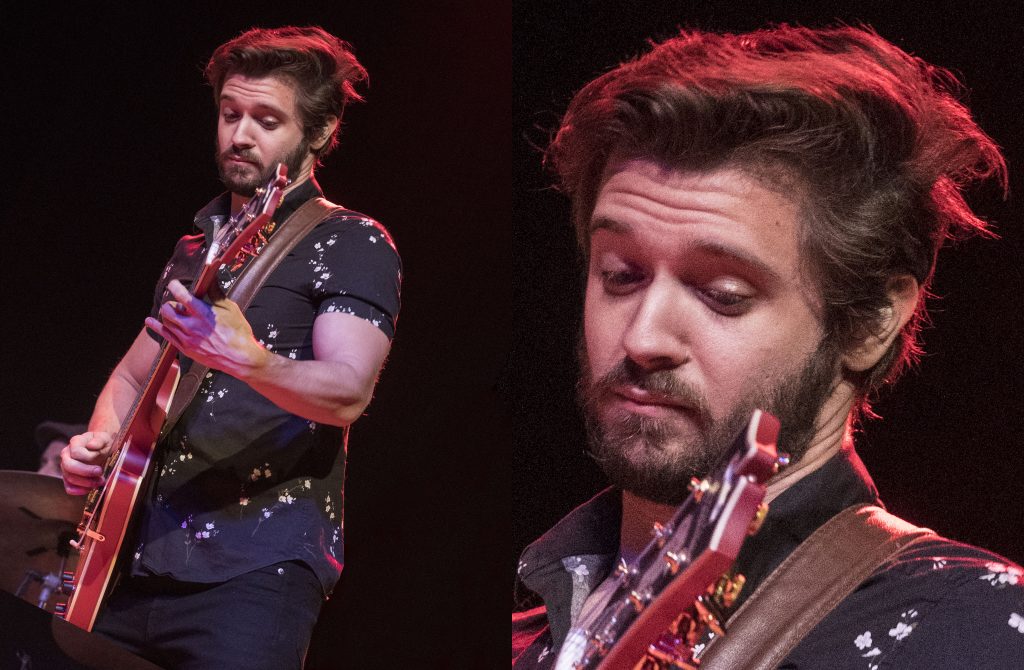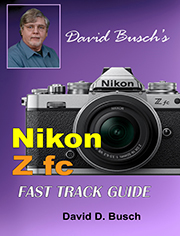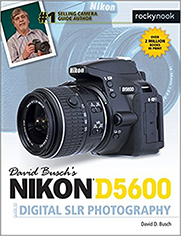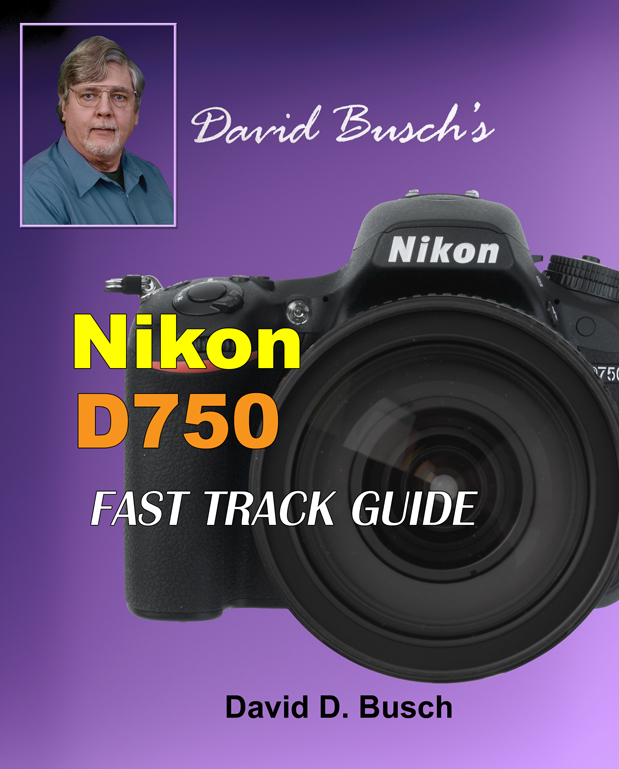Camera manufacturers are not pushing mirrorless full-frame cameras. “Pushing” a particular camera type is a strategy that will always fail in the photographic arena. Successful manufacturers don’t push anything. They respond to user demand and offer the cameras that consumers want to buy. Doing otherwise leads to the vendor going out of business or being acquired by another company.
You need look no farther than Nikon and Canon for examples. Not too long ago, Sony had only a tiny share of the interchangeable lens camera market, and it was fighting with Panasonic, Olympus, and Fujifilm for share. Sony became an industry powerhouse only when it began offering non-dSLR models — its first mirrorless cameras — that consumers who were looking for a more portable model with better image quality wanted. Meanwhile, Nikon offered the Nikon 1 mirrorless system that only a tiny number of buyers actually wanted. Canon introduced its EOS M system that initially failed in the USA, but returned to the market there after subsequent models gained in popularity in Japan.
For too long, both Nikon and Canon ignored consumer demand and continued to introduce dSLR cameras on a yearly basis that had few, if any, features worthy of new customers or existing owner upgrades, particularly at a time when the switch to mirrorless had already been underway. Canon’s failure to discern the trend was particularly bad, as they fragmented their dSLR line with tiny incremental differences, offering a T7i, T8i, 77D, T6, T7, 80D, and 90D models with virtually the same capabilities.
Meanwhile, Panasonic and Olympus were keeping their share of the mirrorless market, and Fujifilm drew a dedicated following with their innovative models. None of these vendors were “pushing” their products; they were trying to discern what consumers wanted and provide products they would buy. Keep in mind that there is a several-year lag from the time a product is conceived and when it is actually brought to market. That’s why “pushing” is more dangerous than following consumer trends. At least responding to a need is based on facts derived outside the marketing department of the company.
Currently, full-frame cameras are growing in popularity, and the vendors who lagged behind are racing to catch up. Canon was in such a hurry that they offered EOS R and EOS RP models with no in-body image stabilization — a crucial feature. They could push all they wanted, but large numbers of photographers were not going to buy them. Nikon did the same with its Z7 and Z6 camera, which lacked dual card slots, a feature most photographers (probably falsely) thought of as a deal-breaker. Now they have the Z7 II and Z6 II, which are virtually identical to the original models, but with the second card slot.
Full-frame cameras have perceived value among buyers, which is why they are demanding them. They don’t really necessarily provide better image quality per se. A BSI-sensored APS-C camera can have better image quality and low-light performance than a conventional sensor found in a full-frame camera. It’s easier (supposedly) to make wide-angle lenses for full-frame. But, real or imagined advantages aside, full-frame cameras have seen a marked increase in demand, so that’s what manufacturers are struggling to provide. If a “pushing” strategy worked at all, we’d still be using APS-C or MFT cameras.





